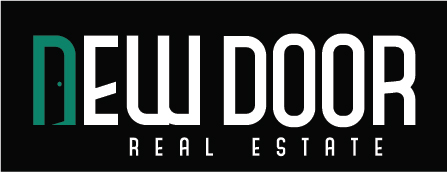What are the key benefits of using laser cleaning machines and how do they compare to traditional cleaning methods in industrial applications
Laser cleaning machines have revolutionized the way industries approach surface cleaning and material preparation. These machines utilize focused laser beams to remove contaminants, coatings, rust, or residues from surfaces without damaging the underlying material. Compared to traditional cleaning methods, laser cleaning offers a host of advantages, making it a preferred choice in various industrial applications. Let’s explore the key benefits of laser cleaning and how it compares to conventional techniques.
1. Non-Destructive Cleaning
Laser cleaning is highly precise and selective. Unlike traditional methods such as sandblasting or chemical cleaning, laser cleaning does not damage the substrate material. The laser beam targets the surface contaminants while leaving the underlying material intact. This is particularly important in industries like aerospace, automotive, and heritage conservation, where preserving the base material is critical.
2. Eco-Friendly and Chemical-Free
Traditional cleaning methods often rely on abrasive materials, solvents, or chemicals that can be harmful to the environment and hazardous to workers. In contrast, laser cleaning is an environmentally friendly option. It eliminates the need for consumables like sand, chemicals, or water, reducing waste and minimizing the environmental footprint. Additionally, it eliminates the disposal challenges associated with chemical residues and hazardous waste.
3. Cost-Effective Over Time
While the initial investment in a laser cleaning machine may be higher than conventional methods, the long-term cost savings are significant. Laser cleaning requires minimal maintenance, no consumables, and lower labor costs. The process is faster and more efficient, leading to reduced downtime and higher productivity. These factors make laser cleaning a cost-effective solution in the long run.
4. Precision and Control
Laser cleaning machines allow users to adjust parameters such as laser intensity, pulse duration, and beam size. This level of control ensures that cleaning is tailored to the specific application, whether it’s removing delicate paint layers or heavy rust. The precision of laser cleaning makes it ideal for applications requiring detailed work, such as cleaning molds, preparing surfaces for welding, or restoring historical artifacts.
5. Versatility
Laser cleaning is versatile and can be used on a wide range of materials, including metals, plastics, ceramics, and composites. Industries such as manufacturing, shipbuilding, electronics, and power generation benefit from the flexibility of laser cleaning machines. They can be used for tasks ranging from rust removal and paint stripping to surface preparation and degreasing.
6. Safety and Automation
Laser cleaning machines are designed with safety features such as enclosed systems and operator controls to protect users from laser exposure. Additionally, these machines can be integrated into automated production lines, reducing the need for manual labor and enhancing workplace safety. Automation also ensures consistent and repeatable results, which is challenging to achieve with traditional methods.
7. Reduced Downtime
Traditional cleaning methods can be time-consuming, requiring extensive preparation and cleanup. Laser cleaning, on the other hand, is fast and efficient. It requires minimal setup and can often be performed in situ, reducing downtime and increasing operational efficiency.
Comparison to Traditional Methods
Traditional methods like sandblasting, chemical cleaning, or mechanical scraping have been widely used for decades. However, they come with limitations such as surface damage, high labor costs, environmental concerns, and inconsistent results. Laser cleaning addresses these challenges by offering a safer, cleaner, and more efficient alternative. It also reduces the risk of contamination, as it does not introduce foreign materials during the cleaning process.
Conclusion
Laser cleaning machines are transforming the way industries approach cleaning and surface preparation. With their precision, eco-friendliness, and cost-effectiveness, they offer a superior alternative to traditional methods. As industries continue to adopt sustainable and efficient technologies, laser cleaning is expected to play a pivotal role in meeting modern industrial demands.




